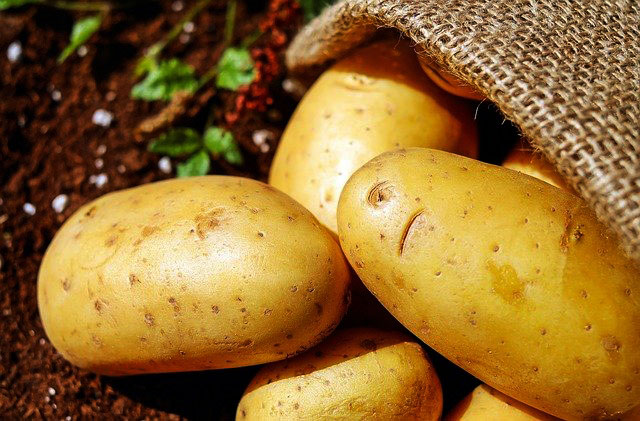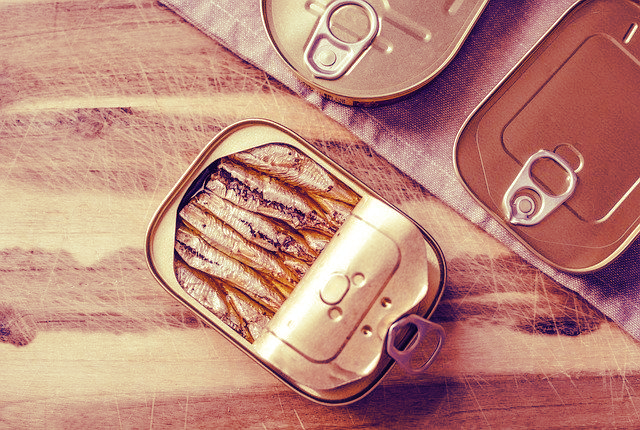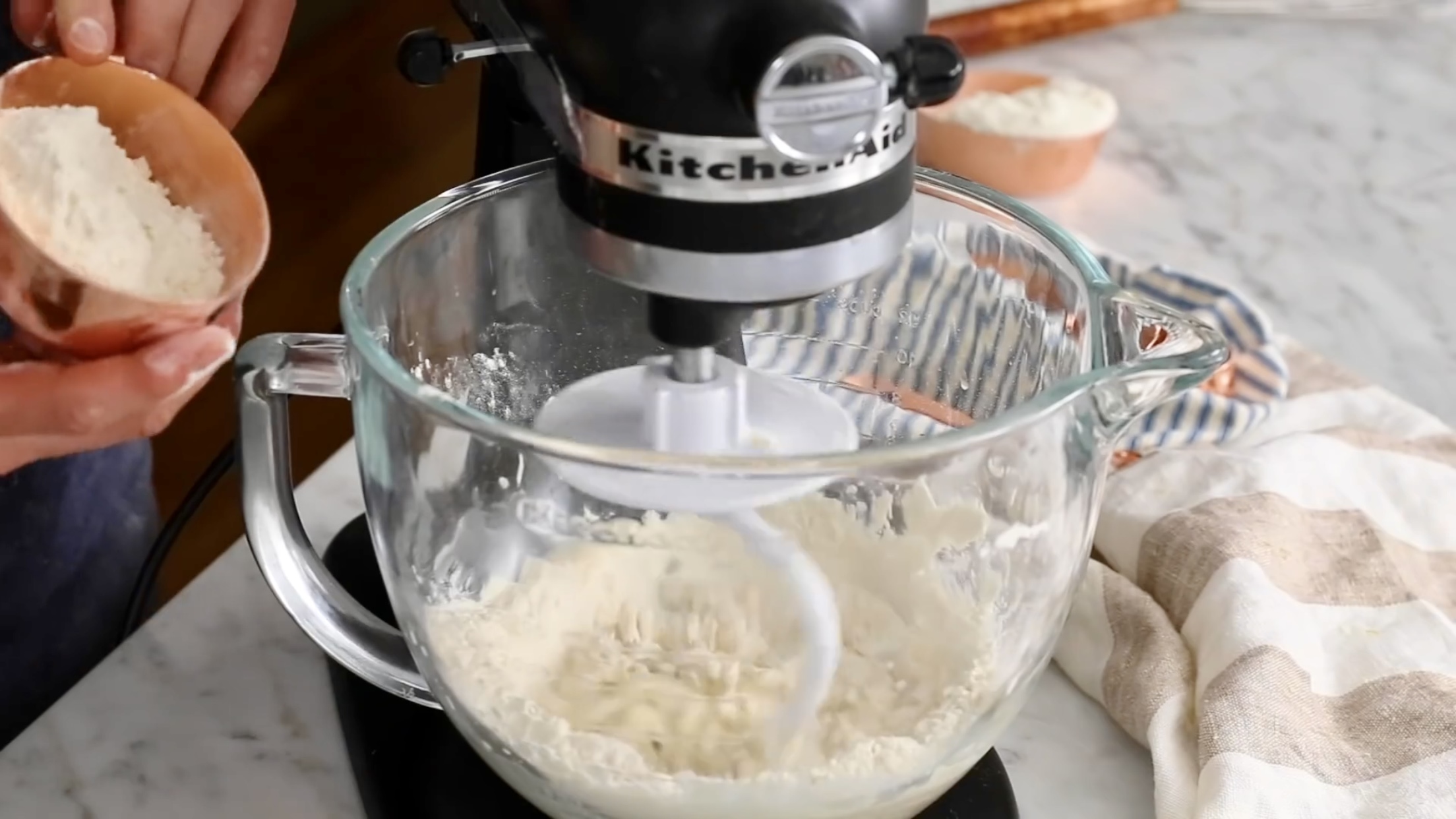Face it, the minute a recipe comes out, someone wants to change it. In this case, it may have taken a couple of centuries, but no one was going to leave the pound cake alone - not even if the name tells you exactly how to make it!
You are right in the implications of your tirade - a pound cake was always made with a pound each of eggs, butter, sugar, and flour. The texture is dense if the eggs are added whole and much lighter if the egg whites are beaten separately and then folded into the rest of the batter. Either way, you wind up with a rich, buttery cake that is a perfect background for additional flavorings.
Nowadays, many people think that the original recipe produces a cake that is too dry and heavy and/or too rich, so they have set about repairing these deficiencies. If they add baking powder or soda, eggs aren’t the only leavening agent, and the quantity of eggs can be reduced. If they add milk, which helps strengthen the cake's structure, again, you can reduce the number of eggs, and, at the same time, add moisture. Many recipes we have seen follow today's popular "high-ratio" cake formula, which includes more sugar and shortening, for added sweetness and moistness.
The only quibble we have with your mother's recipe is that she must have used small eggs. Large eggs (the default in any modern recipe that doesn't specify egg size) run nine to a pound.
Here are a couple of recipes - one for the Traditional Pound Cake of the ages, the other for a more modern High-Ratio Pound Cake version. It doesn't use milk or additional leavening agents, but does fiddle around with the ratio of major ingredients.

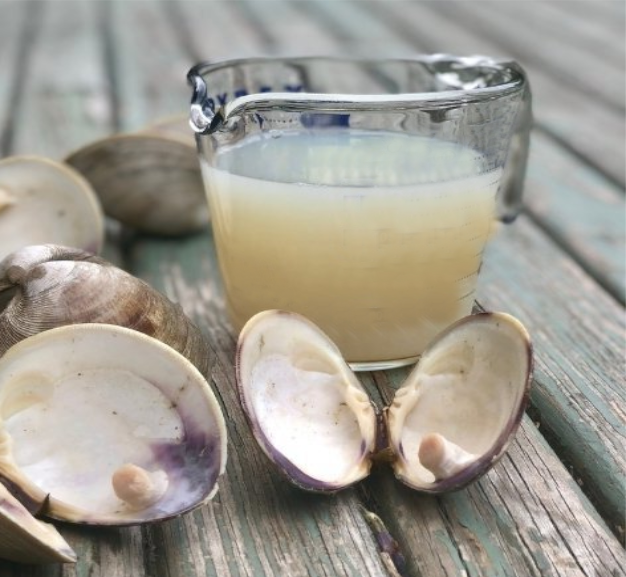


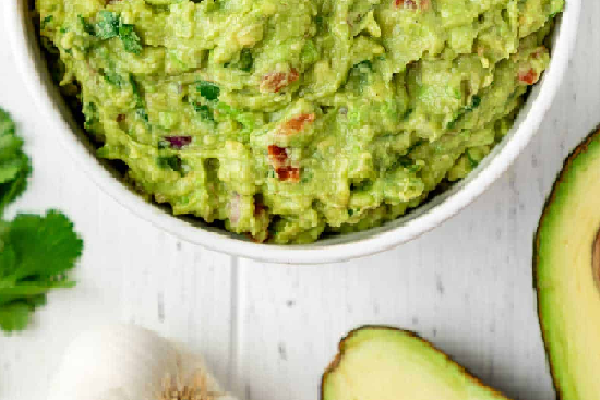



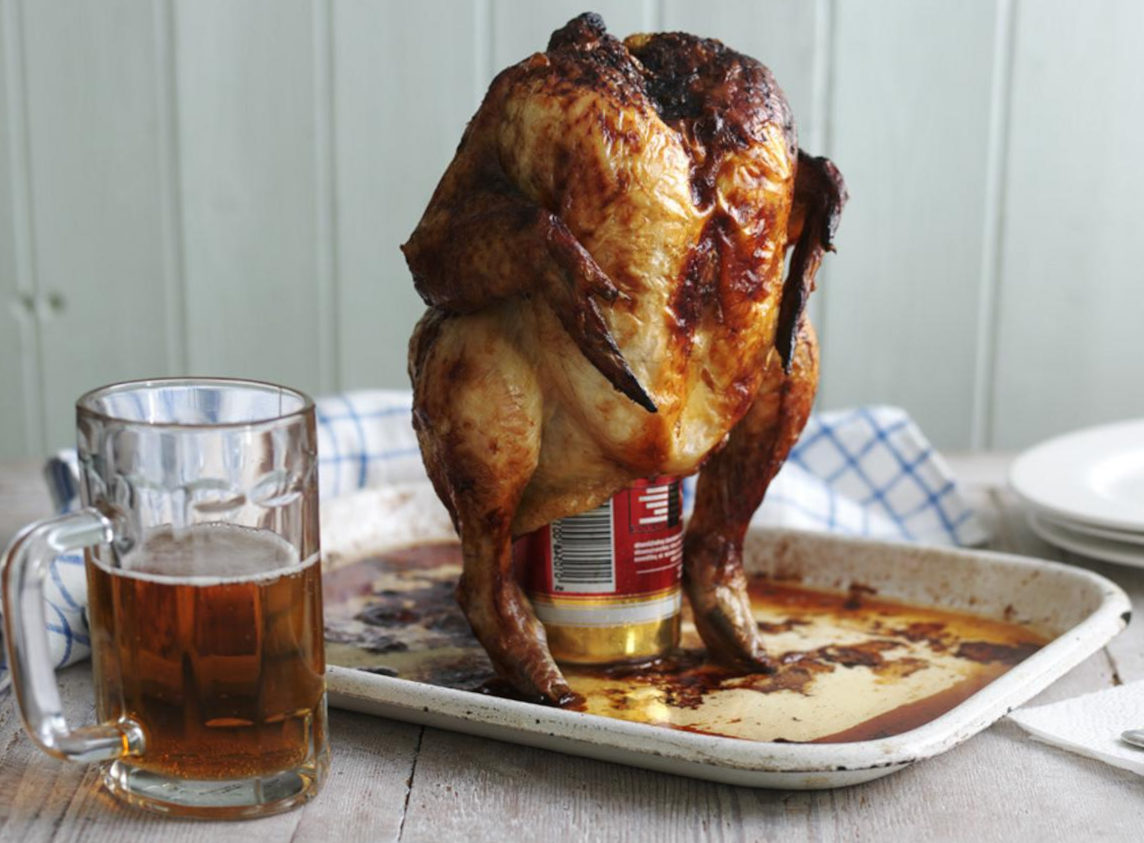
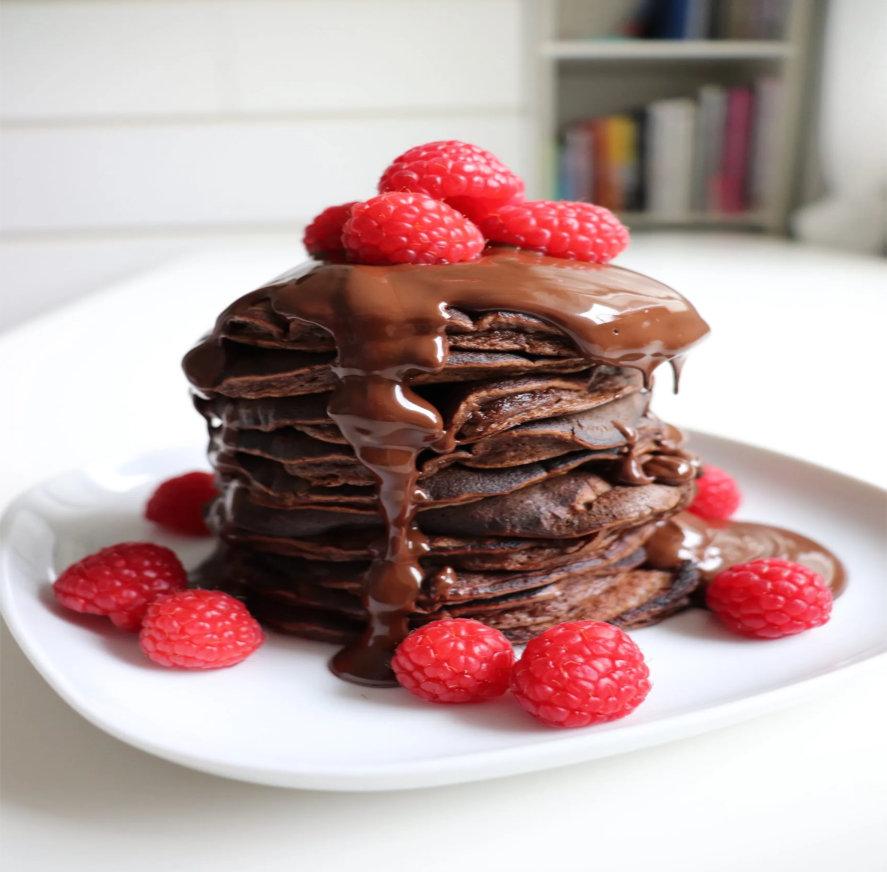
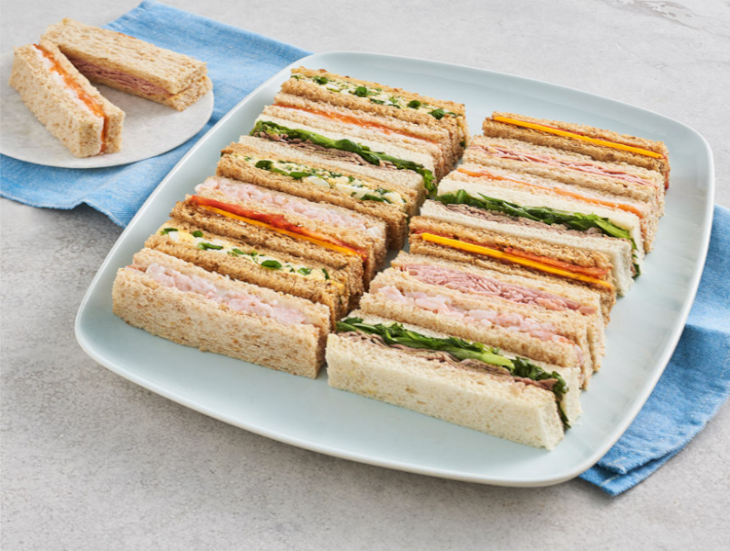



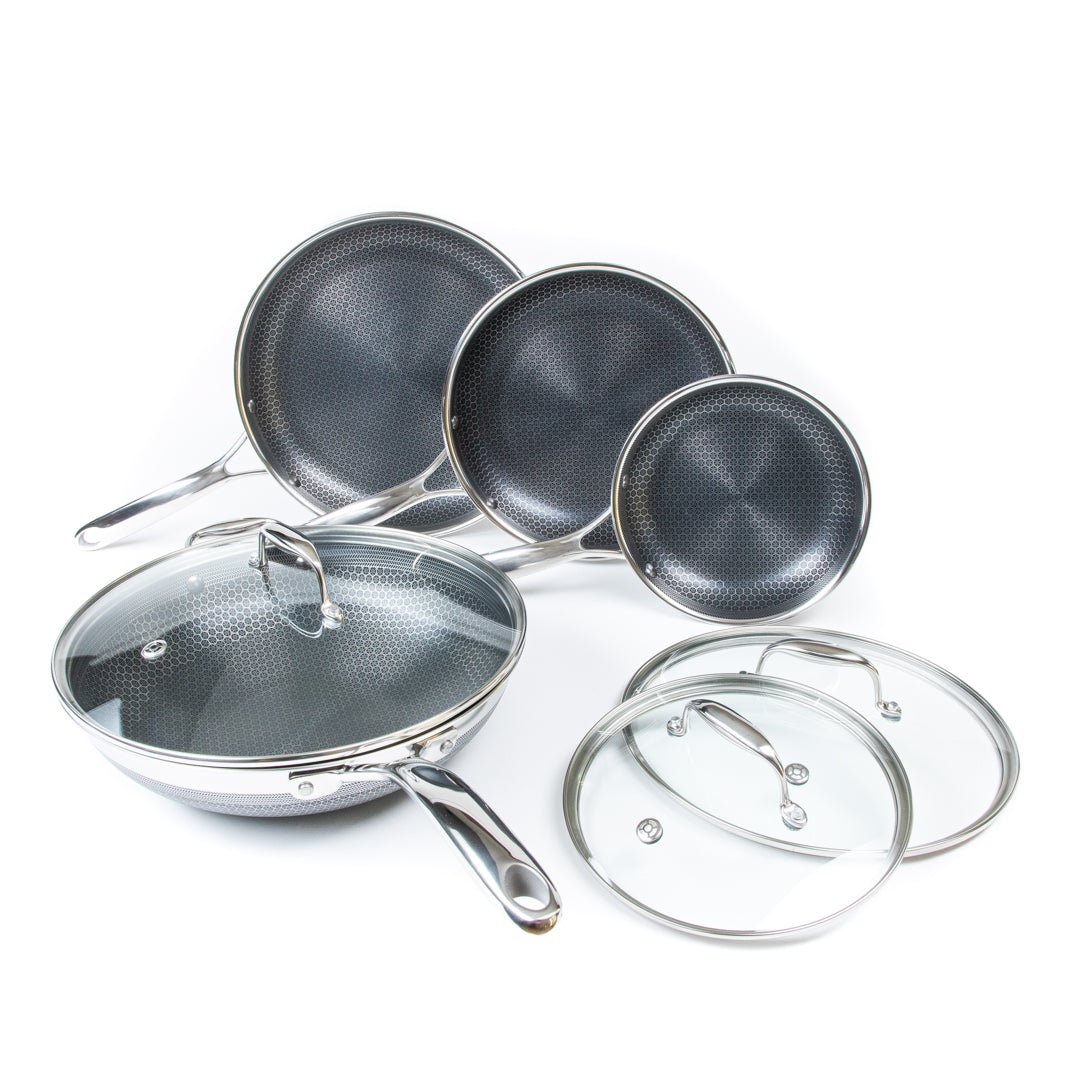


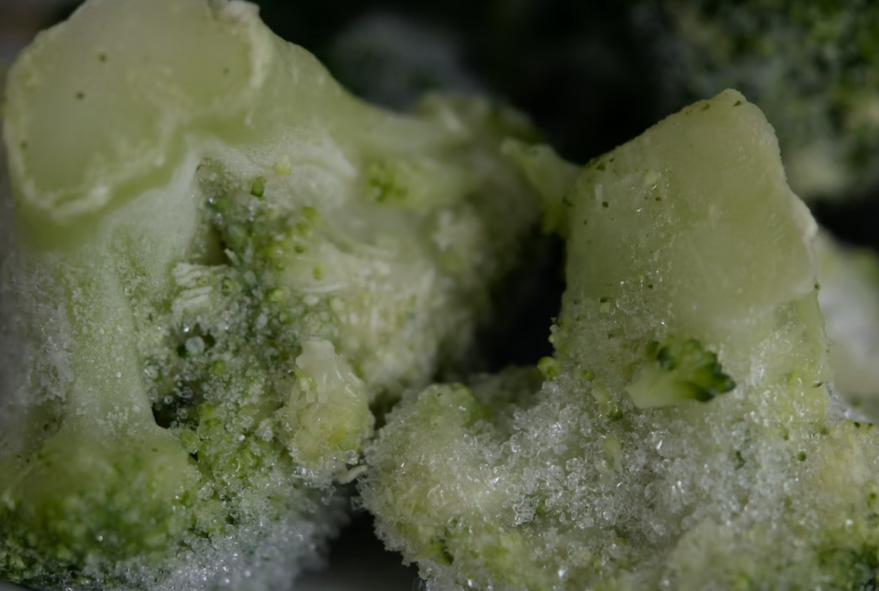



![Can you Cook Eggs in the Microwave? [Complete Guide]](/assets/images/c1f79d1cad59f18f9b5dc31403bd0eb2.png)

